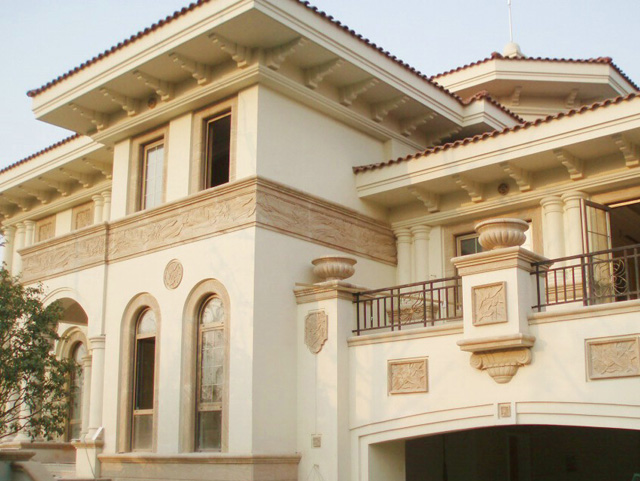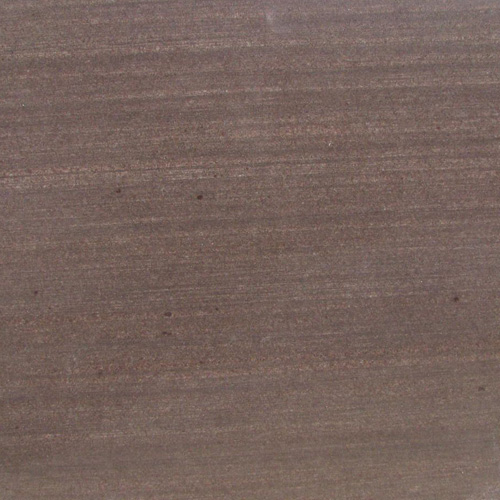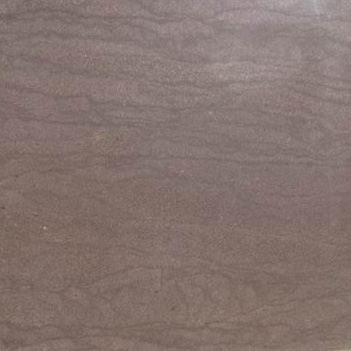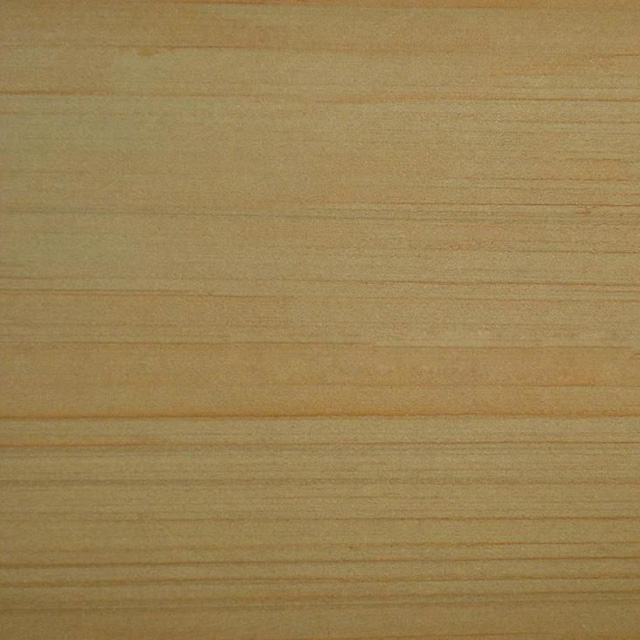Home >> Sandstone
 Natural sandstone is a sedimentary rock composed of mainly quartzes so it is often called quartz sandstone. In general, the sandstone has strong resistance to weathering. Iron content contained in sandstone formation contributes to common reddish colors. Natural sandstone was formed in in-land rivers or lakes, so it may contain certain visible fossils patterns. The most popular finish for cut sandstone is honed (matte) or raven, depending on the different applications. Sandstone can be quarried in large blocks and is commonly used in the architectural project where large scale exterior decoration is needed, e.g., bench, vase, door surrounds and archways. Sandstones can also be used to make large columns, fireplaces, pavers and wall bricks.
Natural sandstone is a sedimentary rock composed of mainly quartzes so it is often called quartz sandstone. In general, the sandstone has strong resistance to weathering. Iron content contained in sandstone formation contributes to common reddish colors. Natural sandstone was formed in in-land rivers or lakes, so it may contain certain visible fossils patterns. The most popular finish for cut sandstone is honed (matte) or raven, depending on the different applications. Sandstone can be quarried in large blocks and is commonly used in the architectural project where large scale exterior decoration is needed, e.g., bench, vase, door surrounds and archways. Sandstones can also be used to make large columns, fireplaces, pavers and wall bricks.
Sandstone Color Range
 Wenge Vein cut
Wenge Vein cut Wenge cross cut
Wenge cross cut Beige Sandstone
Beige Sandstone  Black Sandstone
Black Sandstone  Dark Yellow Wood
Dark Yellow Wood  Green Sandstone
Green Sandstone  Grey Sandstone
Grey Sandstone  Purple Sandstone
Purple Sandstone  Landscape Wood
Landscape Wood  Light Yellow Wood
Light Yellow Wood  Red Sandstone
Red Sandstone White Sandstone
White Sandstone Yellow Sandstone
Yellow Sandstone Yollow Straight Wood
Yollow Straight Wood Grass Green
Grass Green
Sandstone has been used for domestic construction and housewares since prehistoric times, and continues to be used.
Sandstone was a popular building material from ancient times. It is relatively soft, making it easy to carve. It has been widely used around the world in constructing temples, cathedrals, homes, and other buildings. It has also been used for artistic purposes to create ornamental fountains and statues.
Some sandstones are resistant to weathering, yet are easy to work. This makes sandstone a common building and paving material. However, some that have been used in the past, such as the Collyhurst sandstone used in North West England, have been found less resistant, necessitating repair and replacement in older buildings.[2] Because of the hardness of individual grains, uniformity of grain size and friability of their structure, some types of sandstone are excellent materials from which to make grindstones, for sharpening blades and other implements. Non-friable sandstone can be used to make grindstones for grinding grain, e.g., gritstone.

